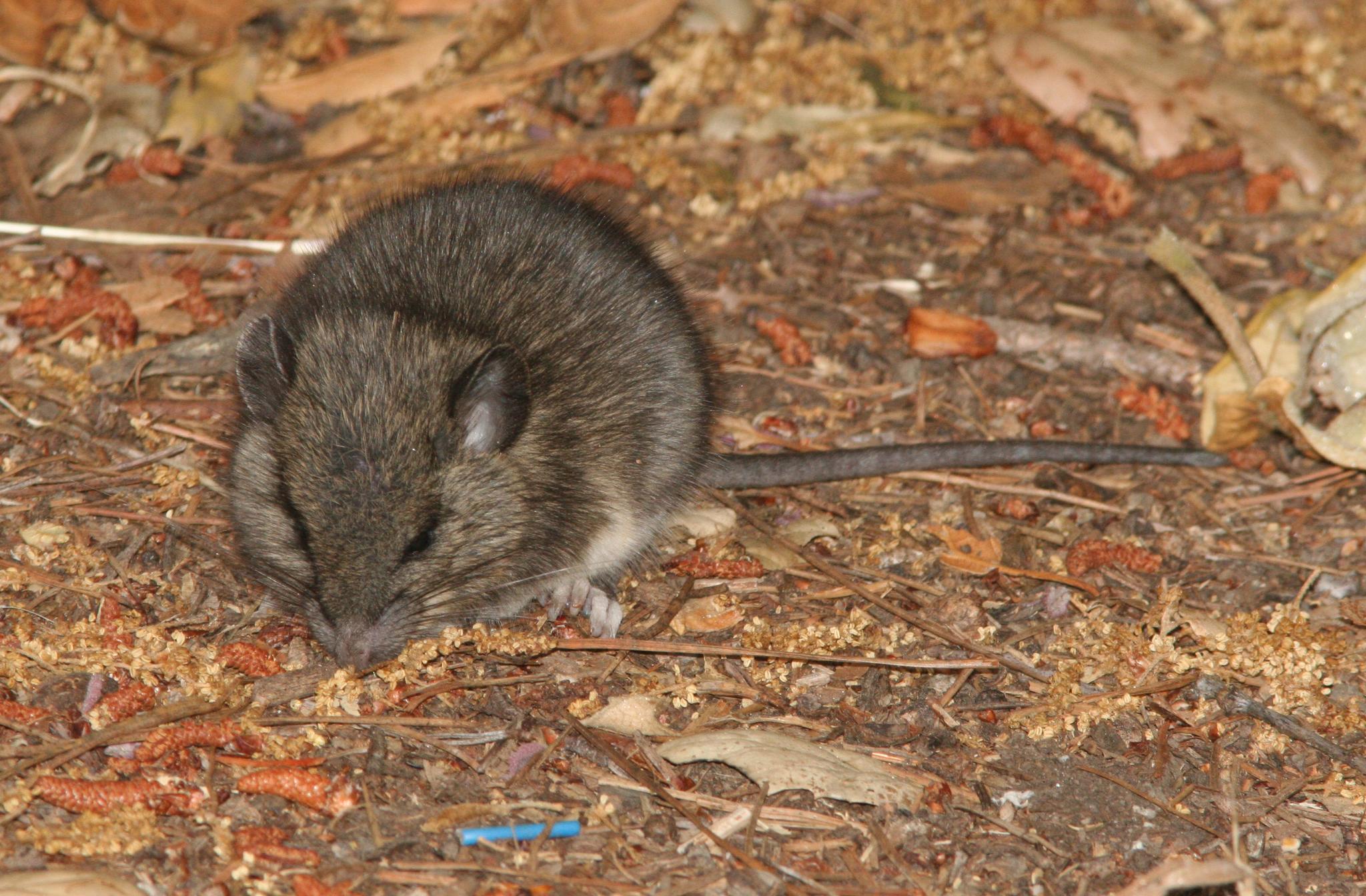Recent Mono County Hantavirus Deaths Raise Concern
Sierra County Environmental Health Press Release
April 9, 2025

Hantavirus is carried most commonly by deer mice and can be caught when cleaning out enclosed spaces where mice have been.
EASTERN SIERRA — Mono County has had three recent deaths in the Eastern Sierra region of Mammoth Lakes attributed to hantavirus infection. This tragic loss is a reminder of the risk of hantavirus in a known region of exposure in California. Although it is rare, hantavirus can be very serious and deadly. About three cases of hantavirus disease are reported each year in California, and about one in three people with hantavirus disease dies. With three deaths to date this year, California is well above the general average. One cannot catch this virus from another person.
People can become infected with hantavirus when they breathe in air contaminated with the virus. Particles containing hantavirus get into the air when deer mice (Peromyscus maniculatus) urine, saliva, or droppings (feces/poop) are stirred up. The chances of this happening increase when opening or cleaning cabins, sheds, outbuildings, barns, garages, or storage buildings in rural areas that have been closed for the winter where deer mice have entered, or for people working, playing, or living in closed spaces where mice are present. Hantavirus infections are typically reported in the summer months. However, this case, which occurred in March of this year, demonstrates that infection can occur year-round. Investigation of the case-patient’s residence found evidence of mice around the home.
Hantavirus illness begins with a fever and flu-like symptoms, such as headache and body aches, typically one to five weeks after inhaling the virus. Gastrointestinal symptoms such as vomiting, diarrhea, and abdominal pain are common in the early part of the illness. Respiratory symptoms, including cough and feeling short of breath, are not present at first but may develop after a few days, signaling a progression to hantavirus pulmonary syndrome and increased chances of deadly respiratory and heart failure. When people start having trouble breathing, their condition may rapidly worsen and become critical. There is no specific treatment or cure for hantavirus infection, but early high-level intensive medical care can increase the chance of survival.
Diagnosis and timely transfer to higher-level hospitals are challenging as the disease can progress rapidly before diagnostic testing can be completed. Most people who become ill with hantavirus report some exposure to rodents in the preceding weeks, typically while cleaning a room or a shed that has been closed up for some time. If you have a fever or difficulty breathing and have been exposed to rodents or rodent-contaminated materials, talk to a healthcare provider right away and tell them about your recent exposure to rodents (especially mice).
Featured Articles

Downieville Gains New Paramedic, Welcome Party Saturday →
April 16, 2025
Downieville welcomes new paramedic Cory Schiemann and bids farewell to Tegan Harrington.
Sierra County Approves Local Roadway Safety Plan →
April 15, 2025
CDFW Releases Updated Black Bear Conservation and Management Plan →
April 14, 2025
Plumas Supervisors Declare Gray Wolf Emergency, Send Letter to CDFW →
April 16, 2025
FCMAT Slams Past PUSD Leadership as Deficit Soars to $8.7 Million →
April 11, 2025